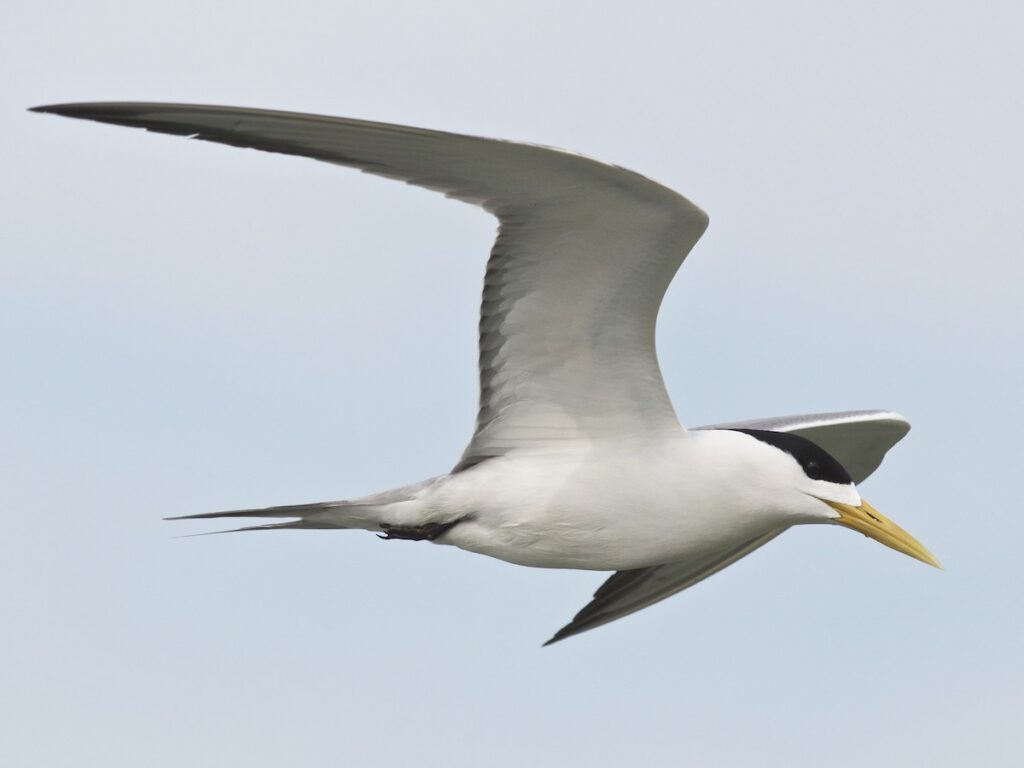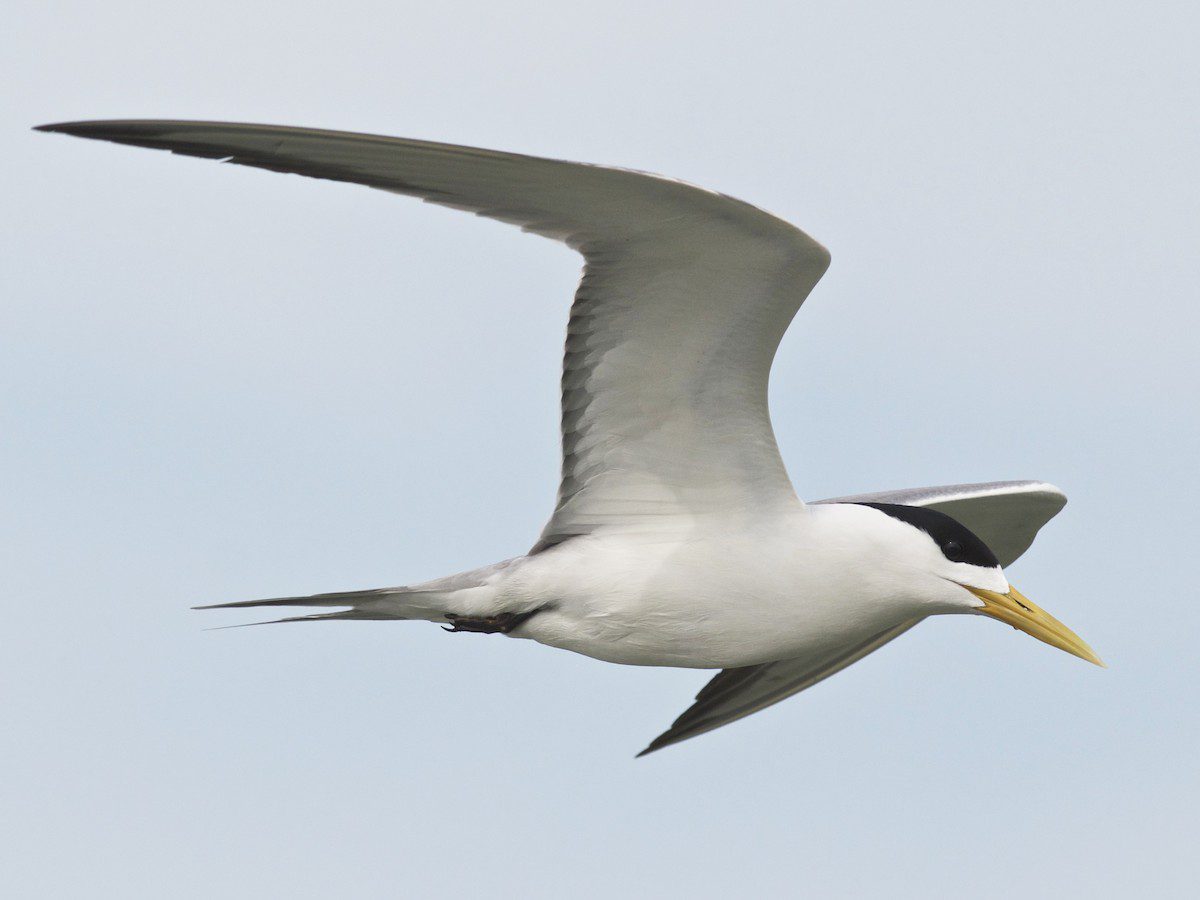
Every living thing on this planet is exquisite and meaningful. When people of different faiths, cultures, and ethnicities connect with one another, everyone benefits and lives in peace. Coexisting species, not only humans, contribute significantly to human well-being by maintaining a calm and balanced ecosystem. In this chronicle, I’m writing about a unique tern that lived on the island of Thulhaadhoo in Baa Atoll, Maldives.
This story piqued my interest while I was questioning one of my respected friends, Mohamed Shafeeg of Thulhadhoo, about the marine birds that live in their area. This incredible tale was recounted by him. Boduaadhooni, the great crested tern, is a sea bird. Tuna fisherman in the Maldives have used seabirds as a means of locating tuna schools for a long time. Sea birds are deeply ingrained in their culture. They instill a sense of joy and peace. According to researchers, great crested tern is also among the common sea birds found in the Maldives. The great crested tern (Sterna berjii) is both resident and widespread. According to Ash and Shafeeg (1994), the Maldivians assert that they breed in K.foojaadi.
Instagram page embedding authorized by artist/architect mai.Jameel
In addition to white-tailed tropical birds, seabirds such as great crested terns, Bridled terns, lesser crested terns, and sooty terns are often seen in the vicinity of tuna schools (Jauharee, Adam, 2016). They’re some of the most common seabirds in the Maldives. When his grandfather was alive, Shafeeg said his father had maintained a tamed great crested tern in their house for over a decade. They brought the bird to the island when it was very small. “The bird took up residence on the home’s roof. It would travel to the ocean and then return,” Shafeeg filled me in on the history of this fascinating bird.
The bird was usually fed in the morning and afternoon, according to Shafeeq. My father found it really tame. It will follow my dad wherever he goes. People were also amazed by how close the bird was to my dad. When it was time to breed, the bird would fly away. But it would come to the house twice. The bird got pieces of fish belly and raw fish from my dad.
Thulhadhoo is a little island adorned with lush tropical vegetation and coconut palms. Surrounded by lush flora, the bird delighted in the lushness of its master’s home. The bird, according to Shafeeg, brought its young birds. “The young birds also perched on the roof and trees,” Shafeeg talked about how the bird and its young got to the island. The bird flew away when his grandfather died. After that, he says it was gone. The Great Crested Tern inhabits the shores of the Southeast Atlantic, India, and the Western Pacific Oceans. This bird measures approximately 45cm in length. It has white underparts and a rough black crest on its head. It has a pale yellow bill.
The primary source of its diet is sea-surface schooling clupeid fish (Crawford & Dyer 1995, McLeay et al. 2009). Additionally, it may consume cephalopods and crustaceans, and insects and reptiles may be consumed opportunistically (Gochfeld & Burger 1996). It nests on shallow scrapes of bare sand, coral, rock, and lagoon mudflats. It nests in densely packed colonies. The Great Crested Tern is classified as Least Concern on the IUCN Red List of Threatened Species. This bird is protected by the Maldives’ Environmental Protection and Preservation Act (Law 4/93).




